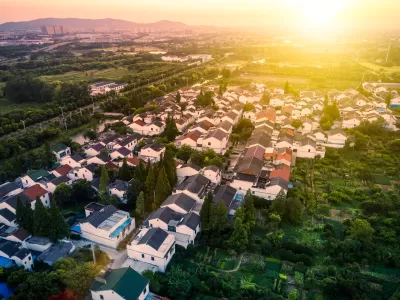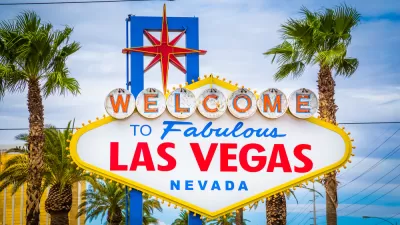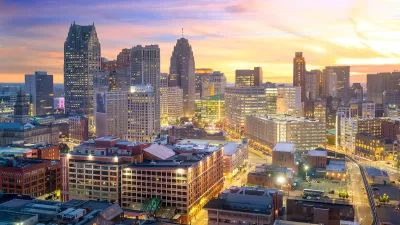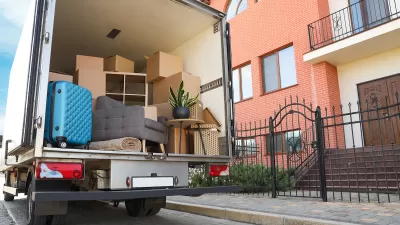Census Bureau data reveals strong growth in large and small Texas cities, while major metros continue to draw residents.

According to a press release from the U.S. Census Bureau, Southern cities continue to lead population growth, with Georgetown, Texas seeing a population increase of 14.4 percent in 2022. “The Dallas-Fort Worth-Arlington, TX metro area had the highest numeric increase in population between 2021 and 2022 of any U.S. metro area, with an annual jump of 170,396 people, followed by the Houston-The Woodlands-Sugar Land, TX metro area which added 124,281 residents over the same time period.”
The press release adds, “Texas was the only state that had more than three cities on both the 15 fastest-growing large cities and towns by numeric change and by percent change lists.”
Other insights: Despite the dispersal of people from big cities to smaller towns, “Ten U.S. metro areas had populations of at least 5 million in 2022, with six of the ten increasing in population between 2021 and 2022.”
Meanwhile, ‘micropolitan’ statistical areas—defined by the Census as “areas that have at least one urban cluster of at least 10,000 but less than 50,000 population, plus adjacent territory that has a high degree of social and economic integration with the core as measured by commuting ties”—grew by roughly 0.1 percent in 2022, with almost half of micro areas experiencing population growth.
“The nation’s housing stock grew by about 1.6 million units between July 2021 and July 2022, reaching a total of 143.8 million with an annual growth rate of 1.2%,” a 0.2 percent increase from the previous year.
FULL STORY: Texas Continues to Top the Charts With Fastest-Growing Cities

Maui's Vacation Rental Debate Turns Ugly
Verbal attacks, misinformation campaigns and fistfights plague a high-stakes debate to convert thousands of vacation rentals into long-term housing.

Planetizen Federal Action Tracker
A weekly monitor of how Trump’s orders and actions are impacting planners and planning in America.

San Francisco Suspends Traffic Calming Amidst Record Deaths
Citing “a challenging fiscal landscape,” the city will cease the program on the heels of 42 traffic deaths, including 24 pedestrians.

Defunct Pittsburgh Power Plant to Become Residential Tower
A decommissioned steam heat plant will be redeveloped into almost 100 affordable housing units.

Trump Prompts Restructuring of Transportation Research Board in “Unprecedented Overreach”
The TRB has eliminated more than half of its committees including those focused on climate, equity, and cities.

Amtrak Rolls Out New Orleans to Alabama “Mardi Gras” Train
The new service will operate morning and evening departures between Mobile and New Orleans.
Urban Design for Planners 1: Software Tools
This six-course series explores essential urban design concepts using open source software and equips planners with the tools they need to participate fully in the urban design process.
Planning for Universal Design
Learn the tools for implementing Universal Design in planning regulations.
Heyer Gruel & Associates PA
JM Goldson LLC
Custer County Colorado
City of Camden Redevelopment Agency
City of Astoria
Transportation Research & Education Center (TREC) at Portland State University
Jefferson Parish Government
Camden Redevelopment Agency
City of Claremont





























